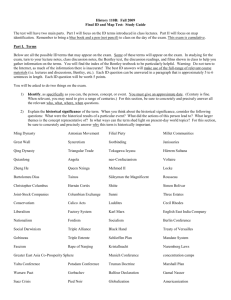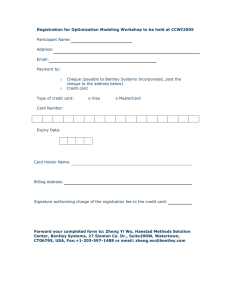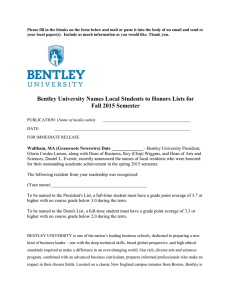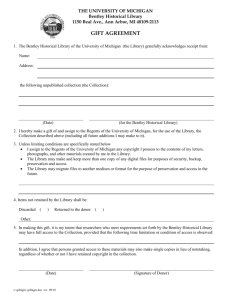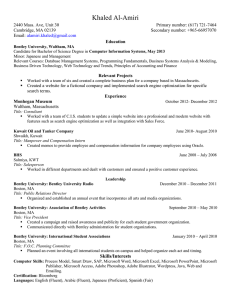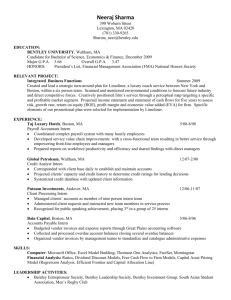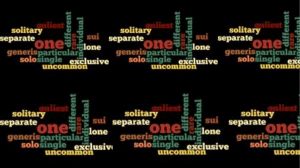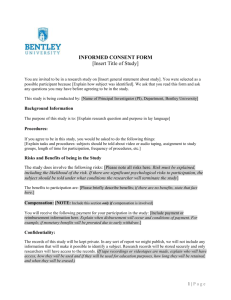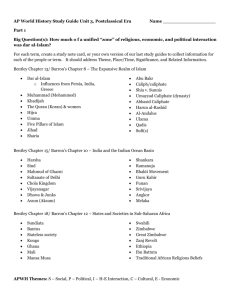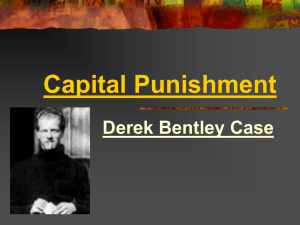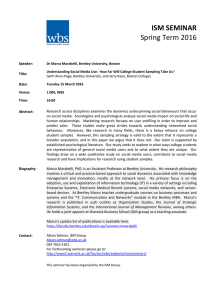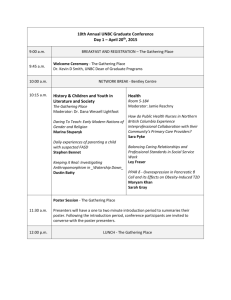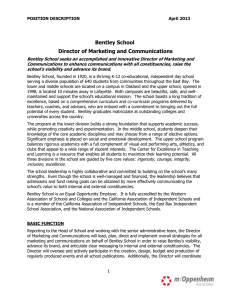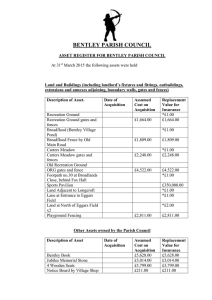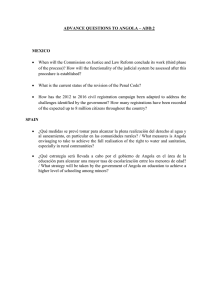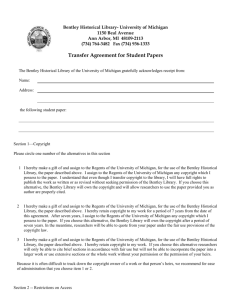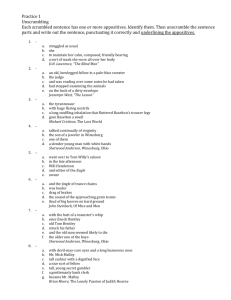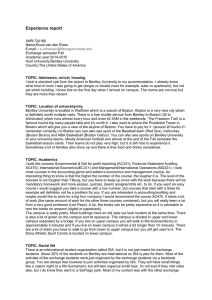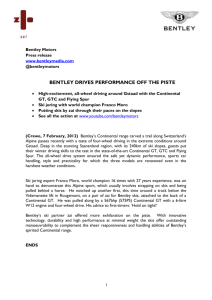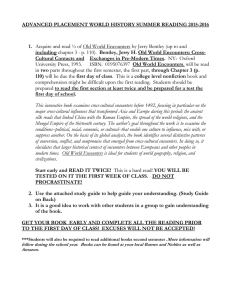Midterm ID and Map Test: Study Guide
advertisement
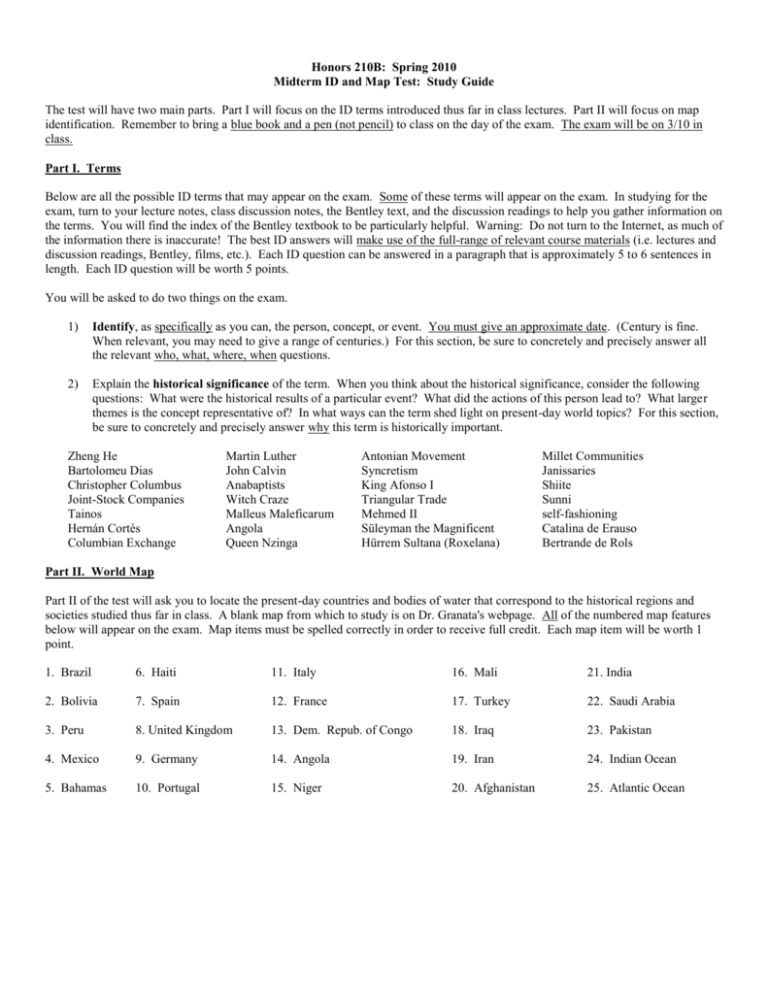
Honors 210B: Spring 2010 Midterm ID and Map Test: Study Guide The test will have two main parts. Part I will focus on the ID terms introduced thus far in class lectures. Part II will focus on map identification. Remember to bring a blue book and a pen (not pencil) to class on the day of the exam. The exam will be on 3/10 in class. Part I. Terms Below are all the possible ID terms that may appear on the exam. Some of these terms will appear on the exam. In studying for the exam, turn to your lecture notes, class discussion notes, the Bentley text, and the discussion readings to help you gather information on the terms. You will find the index of the Bentley textbook to be particularly helpful. Warning: Do not turn to the Internet, as much of the information there is inaccurate! The best ID answers will make use of the full-range of relevant course materials (i.e. lectures and discussion readings, Bentley, films, etc.). Each ID question can be answered in a paragraph that is approximately 5 to 6 sentences in length. Each ID question will be worth 5 points. You will be asked to do two things on the exam. 1) Identify, as specifically as you can, the person, concept, or event. You must give an approximate date. (Century is fine. When relevant, you may need to give a range of centuries.) For this section, be sure to concretely and precisely answer all the relevant who, what, where, when questions. 2) Explain the historical significance of the term. When you think about the historical significance, consider the following questions: What were the historical results of a particular event? What did the actions of this person lead to? What larger themes is the concept representative of? In what ways can the term shed light on present-day world topics? For this section, be sure to concretely and precisely answer why this term is historically important. Zheng He Bartolomeu Dias Christopher Columbus Joint-Stock Companies Tainos Hernán Cortés Columbian Exchange Martin Luther John Calvin Anabaptists Witch Craze Malleus Maleficarum Angola Queen Nzinga Antonian Movement Syncretism King Afonso I Triangular Trade Mehmed II Süleyman the Magnificent Hürrem Sultana (Roxelana) Millet Communities Janissaries Shiite Sunni self-fashioning Catalina de Erauso Bertrande de Rols Part II. World Map Part II of the test will ask you to locate the present-day countries and bodies of water that correspond to the historical regions and societies studied thus far in class. A blank map from which to study is on Dr. Granata's webpage. All of the numbered map features below will appear on the exam. Map items must be spelled correctly in order to receive full credit. Each map item will be worth 1 point. 1. Brazil 6. Haiti 11. Italy 16. Mali 21. India 2. Bolivia 7. Spain 12. France 17. Turkey 22. Saudi Arabia 3. Peru 8. United Kingdom 13. Dem. Repub. of Congo 18. Iraq 23. Pakistan 4. Mexico 9. Germany 14. Angola 19. Iran 24. Indian Ocean 5. Bahamas 10. Portugal 15. Niger 20. Afghanistan 25. Atlantic Ocean
